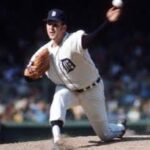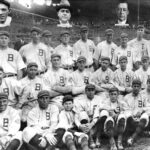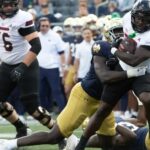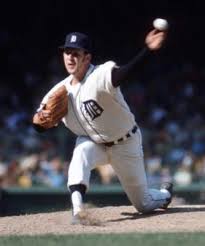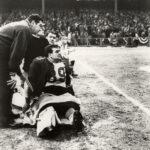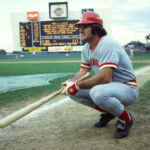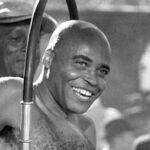Baseball World Says Goodbye to Several All-Time Greats
There is no question that 2020 has been a tough year for everyone, but it has been an especially sad year for long-time baseball fans. Bob Gibson, who passed away this weekend, is the fourth member of the Baseball Hall of Fame to pass away in 2020. The other members of the HOF to pass away this year are Al Kaline, Tom Seaver and Gibson’s long-time teammate Lou Brock.
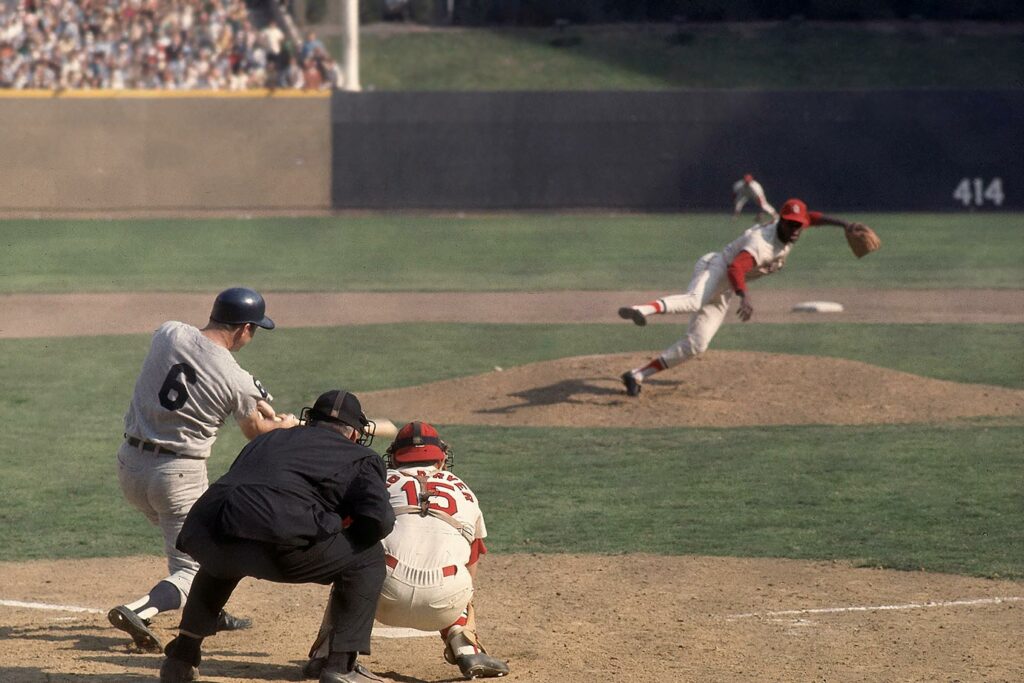
In addition, the game has said goodbye to several other notable players including Don Larsen, Jimmy Wynn, Tony Fernandez, Tony Taylor, Bob Watson and Claudell Washington. Here is the full list from Baseball Reference.
Gibson, Brock and Kaline were all part of the dramatic 1968 World Series between the St. Louis Cardinals and Detroit Tigers. As should be the case on the World Series stage, all three of the future Hall of Famers were at their best during the seven-game series.
For Kaline, who played his entire 22 year career with the Tigers, the 1968 World Series marked the first post-season opportunity of his career. He definitely made the most of it as he registered at least one hit in each of the first six games and finished with a team-high 11 hits and a .379 average. He also hit two home runs and drove home eight runs.
Gibson and Brock were both playing in their third World Series in five seasons in 1968. The Cardinals claimed World Series titles in 1964 and 1967. Both Gibson and Brock were key performers in both of those wins.
In the 1964 World Series against the New York Yankees, Gibson won two of three starts, including a 7-5 victory in the decisive seventh game. Brock had two hits, scored a run and drove home a run in the seventh game. Over the full seven game series, Brock had four multi-hit games and drove home five runs.
During the 1967 season, Brock and Gibson were the top performers as the Cardinals defeated the Boston Red Sox in seven games. Gibson won all three starts, allowing only three runs while completing all three games. In the opening game, Gibson set the tone for the series as he out-dueled Jim Lonborg in a 2-1 victory. He continued his dominance with a five-hit shutout in the fourth game. In the decisive seventh game, Gibson allowed only three hits and two runs as the Cardinals claimed the series with a 7-2 victory.
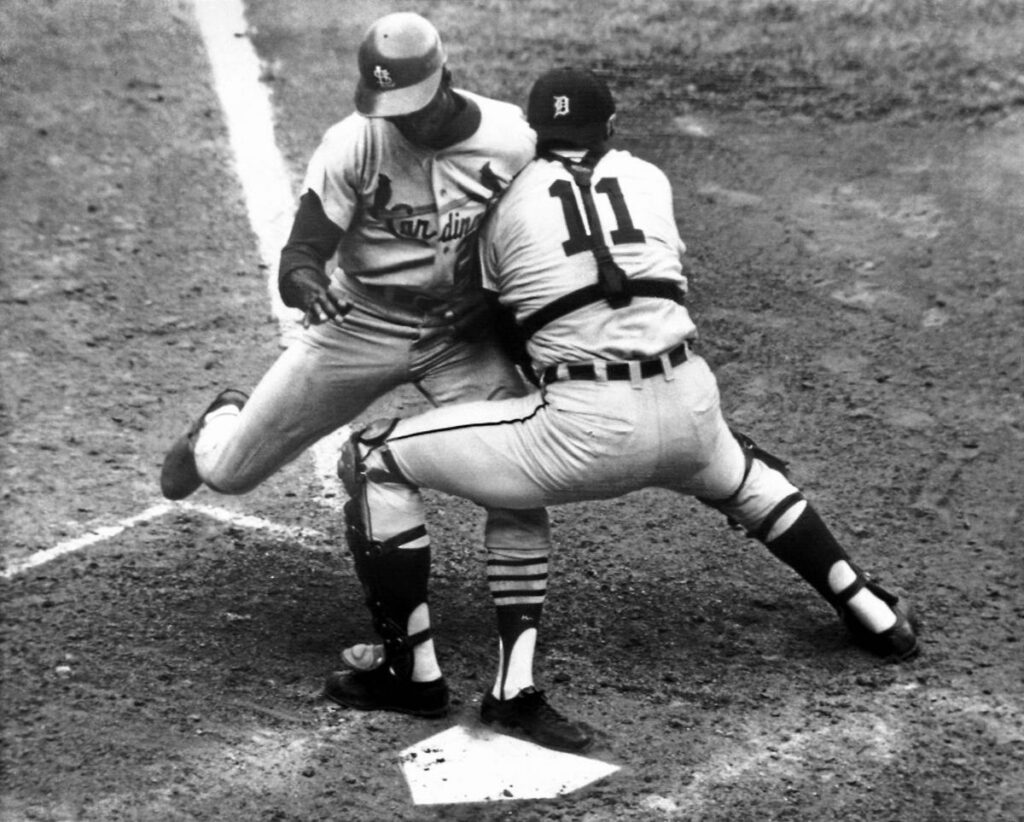
While Gibson was the pitching star of the 1967 series, Brock was the offensive leader for the Cardinals. He had four hits and scored both runs in the 2-1 victory of the opening game. He went on to have five multi-hit games in the series and finished the series with 12 hits, eight runs scored and three RBI.
It looked early on like the 1968 World Series would serve as a coronation for the Cardinals as the team of the 1960s.
The opening game was perhaps the greatest pitching performance of Gibson’s career. He scattered five hits while striking out 17 batters in a 4-0 victory. After the teams split the next two games, Gibson was back on the mound in game four and nearly as dominant. He again allowed five hits, while striking out 10 batters and allowing only one run.
While Gibson was the pitching star, Brock was on fire at the plate. After having one hit in each of the first two games of the series, Brock had three hits in each of games three, four and five. In the fourth game, Brock hit his second home run of the series and had four RBI. Ultimately, he registered at least one hit in each of the seven games and finished with a .464 batting average and tied the World Series record of 13 hits.
After Detroit won the fifth game 5-3, they then dominated the Cardinals 13-1 in game six to force a decisive seventh game.
In the seventh game, Gibson and Mickey Lolich each pitched six shutout innings before the Tigers scored three runs in the seventh inning. They ultimately won the game 4-1 to give the Tigers their first World Series title during the Kaline years and first as a franchise since 1945.
The following season, another surprising team made a World Series run.
To say the early years for the New York Mets franchise were terrible might be considered an understatement. The Mets lost a whopping 120 games in their initial 1962 season and lost more than 100 games in five of their first six years. In 1968 they set a franchise record with 73 victories, but still finished 16 games under .500.
Arguably, the moment that began the turnaround for the Mets franchise occurred in 1966 when the Mets were able to secure the rights to top college pitching prospect Tom Seaver.
After one year in the minors, Seaver made his major league debut in 1967 and won 32 games in his first two seasons.
By 1969, Seaver was the leader of a strong young pitching staff that made the Mets contenders for the first time. He went 25-7 with a 2.20 ERA to win his first Cy Young Award. Overall, the Mets went from 73 wins in 1968 to 100 wins and the NL East title in 1969.
After sweeping the Atlanta Braves in the National League Championship Series, the Mets were heavy underdogs against the American League Champion Baltimore Orioles.
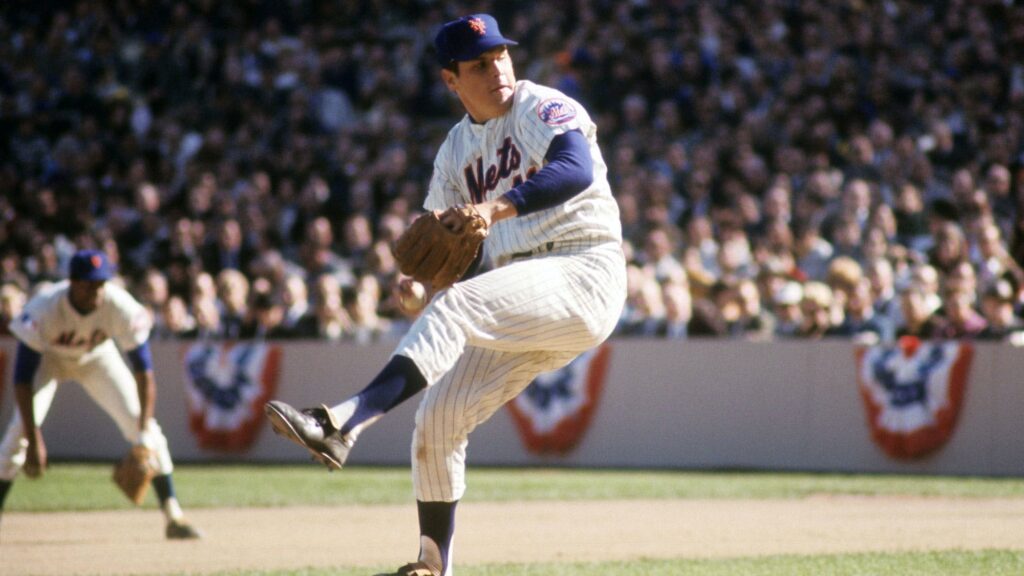
In the opening game, Seaver allowed four runs in five innings as the Mets lost 4-1. New York rallied to win the next two games while holding the Orioles to only one run.
Seaver was back on the mound for the fourth game and showed his Cy Young ability by allowing the Orioles only one run over 10 innings in a 2-1 extra inning victory. The Mets closed out the series with a 5-3 win the next day.
Though Kaline, Brock, Gibson and Seaver all had long and successful Hall of Fame careers, it is their performance on the greatest stage that will in-part ensure that their legacies will never be forgotten.
